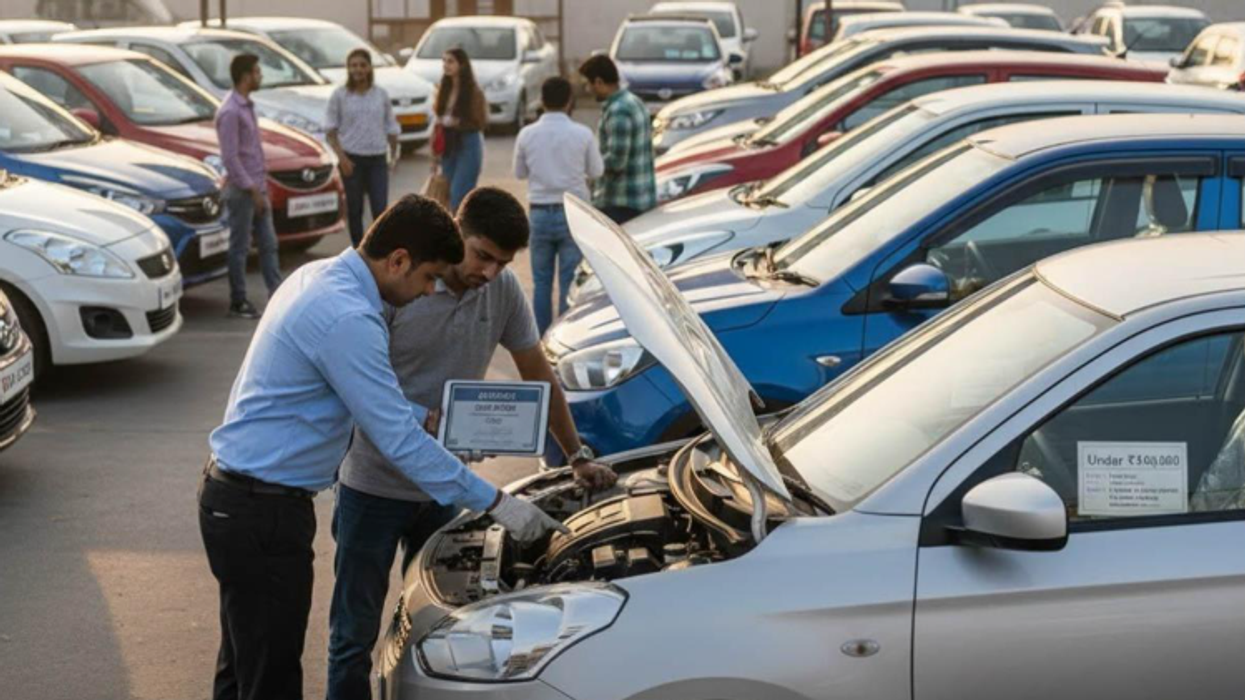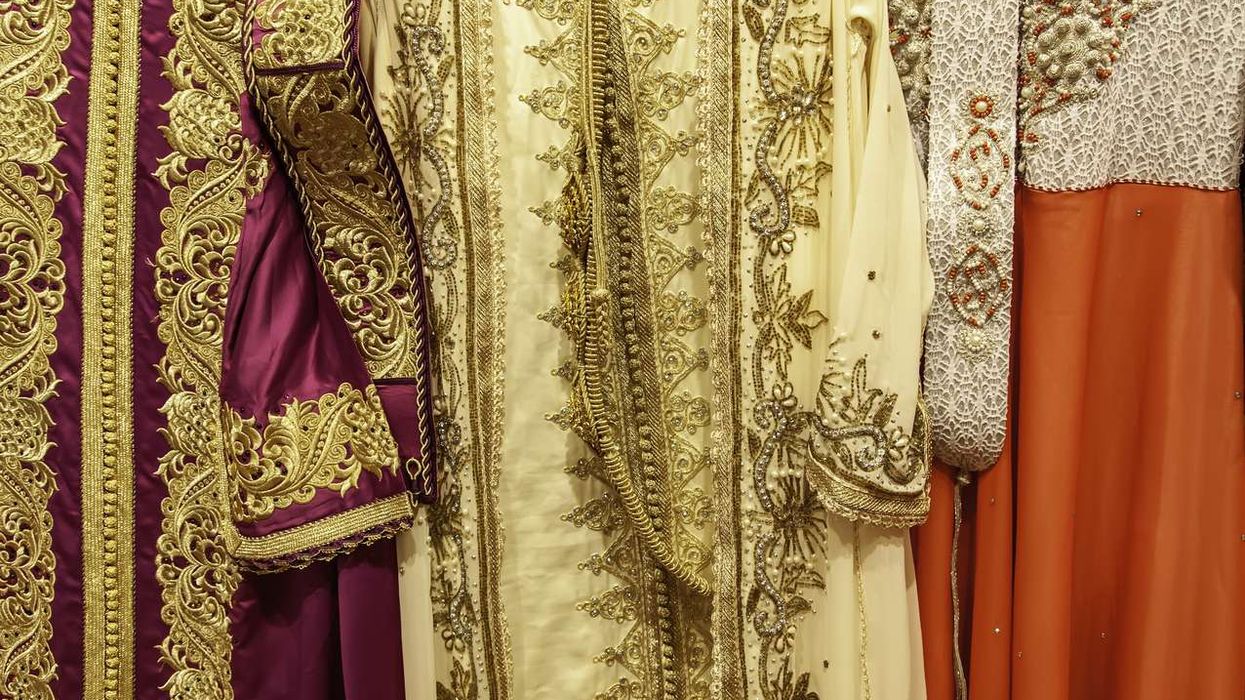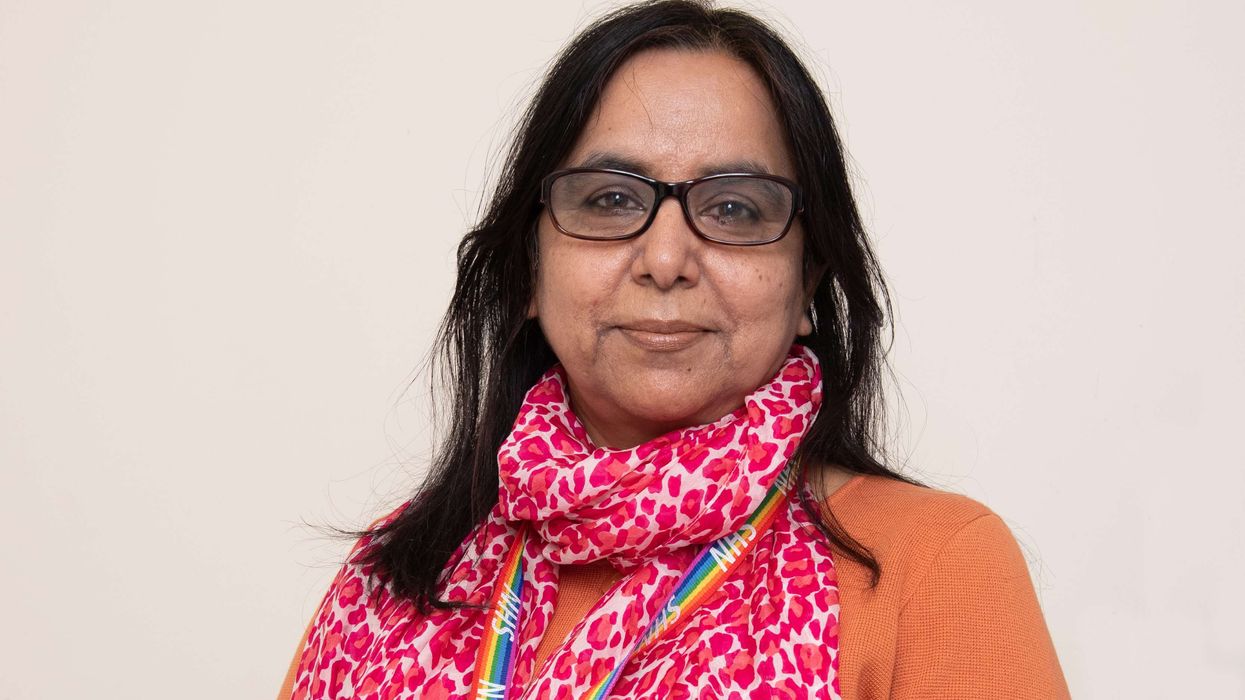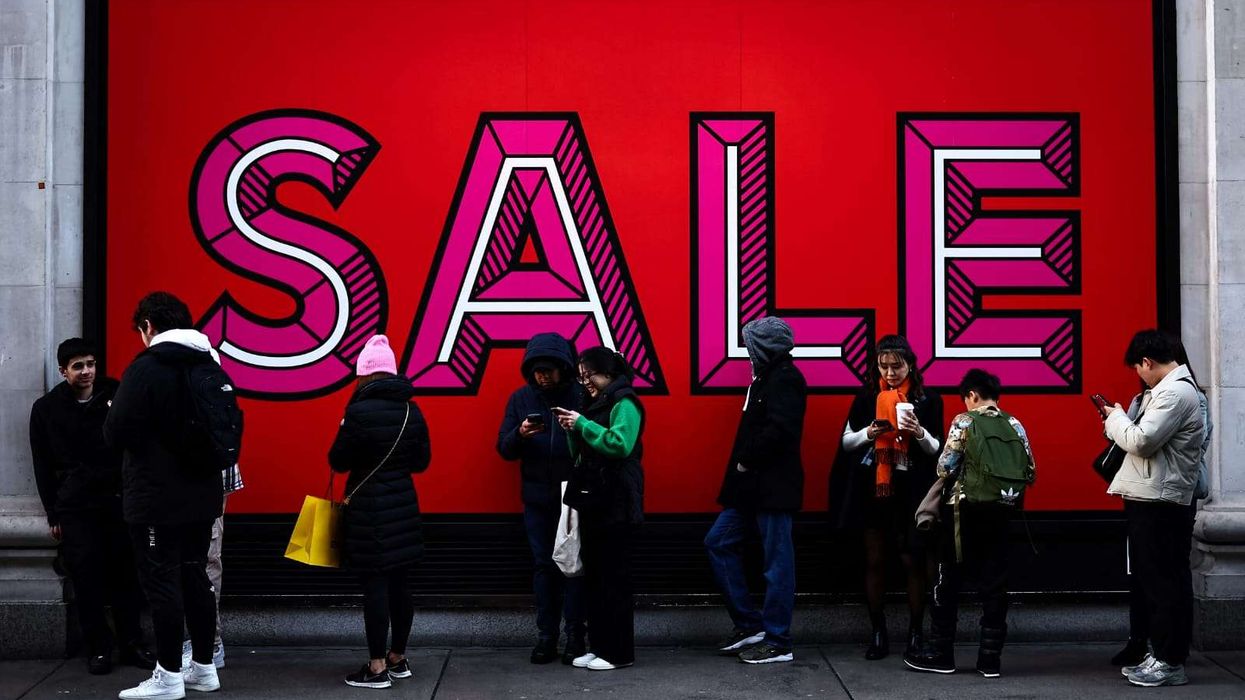The betting sector in the United Kingdom has experienced substantial transformation during recent years. British bettors can now mix sports betting with live casino games and are no longer confined to betting establishments or desktop sites. Thanks to improvements in live casino technology, streaming, mobile apps, and software, live casinos have become a key part of sports betting. By combining real-time wagers with popular casino games, bettors can watch their favorite sports and play live casino games at the same time.
The Rise of Live Casinos in the UK
The UK's gambling market is one of the most mature and heavily regulated in the world. Sports betting was once dominant, but the arrival of live-casino platforms has completely reshaped the industry. Live platforms stream real-time blackjack, roulette, and baccarat directly from professional studios or casino floors.
Live88 is a leading company that has developed an extensive collection of live dealer games. Through advanced technology and interactive interface design, Live88 brings real casino games straight to users' home screens.
How Live Casinos Complement Sports Betting
1. Filling the Gaps Between Events
One of the biggest challenges sportsbooks have ever had is how to keep customers active during periods of no live sports. While bettors wait for the kickoff of a contest, halftime, or extended weather delays, live casino games provide an exciting distraction. While spinning the roulette wheel or trying their luck at blackjack, players stay entertained and active without ever leaving the sportsbook.
2. Improving the User Experience
Today's sports betting is not merely making a bet, it is entertainment and engagement. Live casinos contribute to the experience through:
- Live interactions: Users can interact with dealers and other players, which makes the gaming experience more realistic and social.
- HD streaming: Sharp images render the experience all the more lifelike.
- Instant outcomes: Unlike sports bets that take hours or even days to be decided, live casino games are decided fast and provide quick gratification.
3. Offering Different Options
Players today expect variety. Alongside football, rugby, and horse racing wagers, they want access to poker, roulette, and increasingly popular games like baccarat. Live88 has developed baccarat software that provides an elite gaming experience for casual players and high-rollers alike. Sports betting sites can increase player loyalty and generate additional revenue through their diverse game offerings.
What British Bettors Look for in Live Casinos
British players are discerning, and the competition among betting operators is fierce. Here’s what they prioritize when choosing live casino services:
| Feature | Description |
| Authenticity | Professional dealers, real tables, and genuine interactions |
| Game Variety | Extensive selection including baccarat, blackjack, poker, and roulette |
| Seamless Mobile Integration | Optimized apps and websites for smartphones and tablets |
| Bonuses and Promotions | Tailored offers like free bets or cashback on casino losses |
| Responsible Gambling Tools | Self-exclusion options, deposit limits, and other safeguards |
Why the Integration Works
The combination of live casino gaming and sports betting taps deeply into the psychology of excitement and reward anticipation. Instant gratification plays a major role here. Sports bettors can play live casino games between sporting events because these games provide instant results and potential quick wins. The fast pace of these games keeps players engaged and entertained even between sports events.
Future Trends
Live casino gaming and sports betting combined is a lasting shift and is likely signaling the future direction of the online gambling industry. In addition, the future of gambling will introduce virtual reality (VR) to casinos as a major innovation. The advancement of VR technology combined with its decreasing costs will allow British bettors to experience fully realistic and immersive casino environments within their homes and thus increasing the comfort and excitement level of their experience.
Personalization is also an important trend in the industry and artificial intelligence will be instrumental in its development. AI will provide users with unique and personal game suggestions, dynamic betting odds and customized promotional deals that adapt to their specific betting patterns. The betting experience becomes more rewarding and satisfying for players thanks to these personalized features.
Integrated wallets will be the standard, and thanks to them customers will be able to switch between sports betting and live casino gaming without having to log in accounts or make additional deposits. Simplified payment mechanisms will provide consumers with more convenience and promote more fluid cross-platform consumption. At the same time, alliances between casino operators and sports brands will become more prevalent.












